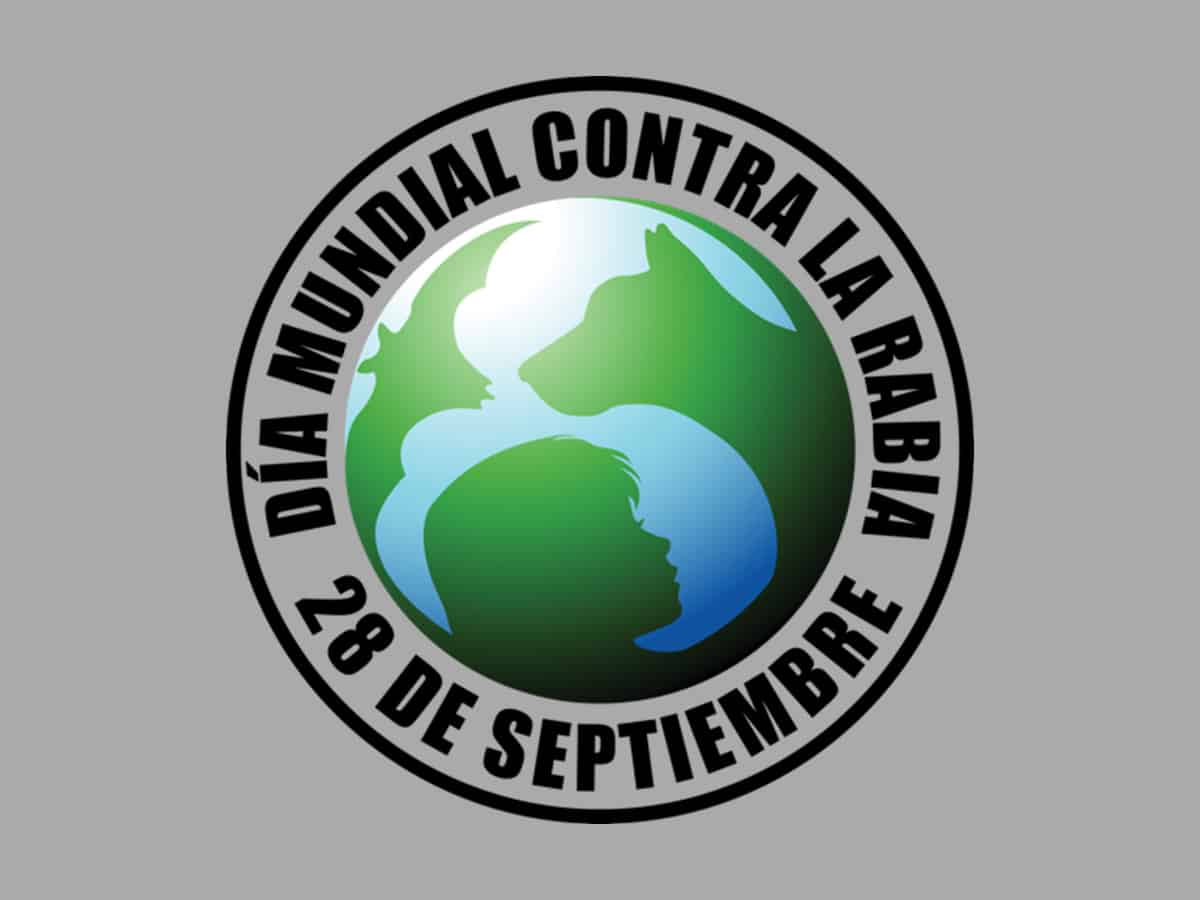By Satyen Mohapatra
The dreaded rabies disease is yet to be made into a notifiable disease.
“Rabies is a major public health problem and hundred percent fatal,” said National Centre for Disease Control Director Sujeet Kumar Singh.
There is no known cure for this disease that causes tens of thousands of deaths every year globally, mostly in Africa and Asia. Even today we do not have the diagnostic tools to confirm rabies unless the rabies-specific signs of hydrophobia or aerophobia are present.
He said, “We have written to the state secretaries to make it mandatory to make rabies a notifiable disease.”
One the occasion of the World Rabies Day, today, he also stated, “ It is completely preventable if vaccine is taken in time.”
“One third of the total global burden of the disease falls in India,” he said.
Today, he said, India was following the strategy to fulfil the global objective to bring down dog-mediated rabies to zero by 2030.
He said that the national data regarding rabies is unreliable because rabies is not yet a notifiable disease.
“The Vaccine is produced in India and the states must stock sufficiently for any emergency need,” he said.
The key to prevention, he said, is to vaccinate dogs and vaccinate any person bitten by dog. Because in case the dog dies in six to seven days and the victim is not vaccinated, then one can get rabies.
‘World Rabies Day’ is observed worldwide to mark the death anniversary of Louis Pasteur, a French biologist, microbiologist and chemist who developed the first rabies vaccine.
Nearly 100 percent of deaths arise from exposure to a rabid dog. Mortality and morbidity is seen in humans and animals, but the impact is highest in human beings. After a dog bite, vaccines are available to prevent Canine Rabies as well as Human Rabies.
Joint concerted efforts by various public health departments, local self-governing bodies, and veterinary organizations are required to prevent and control rabies.
Awareness creation particularly among children is very important because a large number of children are victims of dog bites. According to an estimate, nearly 40 percent of the victims are children below 15 years of age.
Immediate washing bite wounds with soap and water detergent, povidone iodine or other substances that remove and kill the rabies virus for a minimum of 15 minutes is necessary before seeking vaccination .
Dogs are the main source of human rabies deaths, thereby contributing up to 99 percent of all rabies transmissions to humans.
40 percent of the people bitten by suspect rabid animals are children under 15 years of age.
According to World Health Organisation, “Every year, more than 29 million people worldwide receive a post-bite vaccination. This is estimated to prevent hundreds of thousands of rabies deaths annually. Globally, the economic burden of dog-mediated rabies is estimated at US$ 8.6 billion per year.”
There are two forms of the disease:
One is furious rabies results in signs of hyperactivity, excitable behaviour, hydrophobia (fear of water) and sometimes aerophobia (fear of drafts or of fresh air). Death occurs after a few days due to cardio-respiratory arrest.
The second is a paralytic rabies accounts for about 20 percent of the total number of human cases. Muscles gradually become paralysed starting at the site of the bite or scratch. A coma slowly develops, and eventually death occurs.
Current diagnostic tools are not suitable for detecting rabies infection before the onset of clinical disease, and unless, clinical diagnosis may be difficult.
Bat rabies is also an emerging public health threat in Australia and Western Europe.
Rabies is included in the WHO’s new 2021-2030 road map as a zoonotic disease as it requires close cross-sectoral coordination at the national, regional and global levels with WHO, FAO (Food and Agriculture Organization) and OIE (World Organisation for Animal Health.
The disease has been prioritized rabies under a One Health approach and ‘United Against Rabies Forum’ (UAR), a multi-stakeholder platform has been launched.

